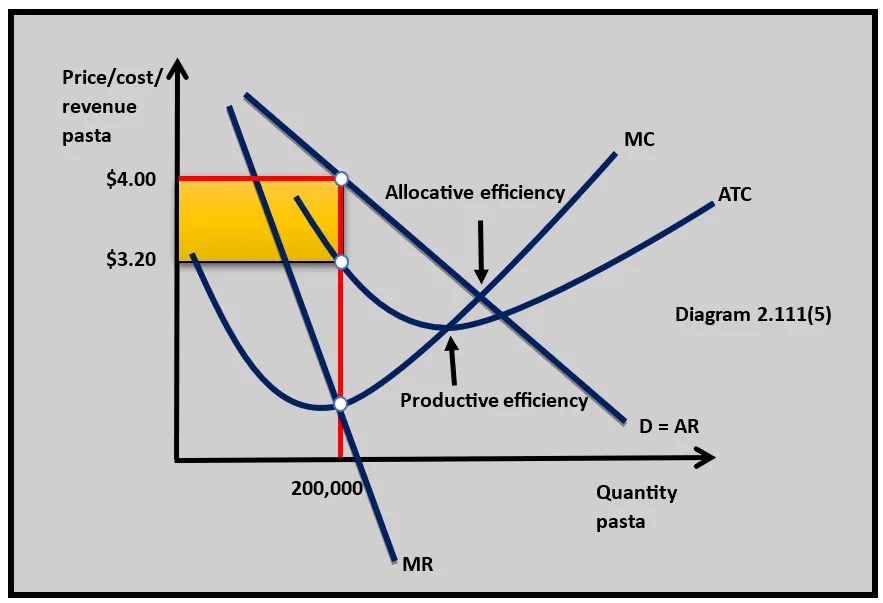Dyestuff industry experts
ITMA AISA 2024
- Home
- About
- Online Q & A
- Products
- Applications
- Solution
- Service
- Our Brand
- Info
- Contact
Views: 22 Author: Site Editor Publish Time: 2023-08-08 Origin: Site
DNA, as the carrier of genetic information and the material foundation of gene expression, plays an extremely important role in the growth, development, aging, genetic, and mutation of the organism. At present, there are many analysis methods to determine DNA. Among them, fluorescent probe technology is an important technical means to monitor real -time monitoring at the molecular level with the help of high -sensitivity optical detection equipment.

Fluorescent quenching generally refers to the process of lowering the fluorescent intensity through the physical or chemical effects between fluorescence molecules through the solvent or corresponding solvents. In this process, the base state of the luminous molecules will be shortened to a certain extent.
Fluorescent quenching generally has two types: dynamic quenching and static quenching. These substances that can cause fluorescent quenching are called fluorescent quenching agents, and fluorescent quenching makes the fluorescent quantum yield of fluorescence substances greatly reduced. The fluorescent quenching is also manifested in the stretch of molecular husion collisions, the disappearance or metastasis of its own energy, and the quenching of external forces.
The application of the fluorescent alignment oligonucleotide is the principle of nucleic acid hybridization. By performing various forms of hybridization with the target nucleic acid molecules, and then the relevant fluorescent probe detection technology is used to analyze the target DNA or RNA. In the diagnostic test method related to the application of oligonucleotide, fluorescence detection (such as QPCR based on fluorescent probes) is an extremely important type of technology. For example, for example, some specific applications of DNA SANGER sequencing and in-situ hybridization (such as FISH), oligonucleotide requires a single mark, and the probe for real-time fluorescent detection (fluorescent group-quenching agent probe ) And the probe (molecular beacon) for the identification of equal genes are dual marks. Even if the fluorescent base group -quenching agent is used, dynamic quenching can occur through FRET (fluorescent resonance energy transfer) or collision quenching. The quenching mechanism is related to the type of probe. Generally speaking, the probe is opened to increase the distance between the fluorescent group and the quenching agent to stop the quenching (molecular beacon), or the fluorescent group or quenching agent will be Point (TAQMAN probe) cracking (most common).
1. fluorescence label
There are many methods for oligonucleotide to label fluorescent dyes, and the choice of labeling is diverse, which is related to the chloride of the aroma ring -this determines the fluorescent launch of the dye. The 6-FAM CE Phosphoramidite, 6-Hex CE Phosphoramidite, and 6-CE Phosphoramidite of the 6-FAM CE Phosphoramidite, 6-Hex CE Phosphoramidite of the derivative of the derivative of the derivative of the derivative of the derivative self-derivatives can be used for effective marks of oligucleotide 5 '.
The other two types of sub-phosphoricide monomers that can be used for oligonucleotide fluorescein: 6-FluoreScein-CE Phosphoramidite and FluoreScein-CE Phosphoramidite. Both of these monomers include fluorescent dyes of the same fluorescent dyes as 6-FAM CE Phosphoramidite. , But Different linked skeleton. 6-fluoreScein-CE Phosphoramidite has a 1,3 glycol structure, and additional OH is protected by DMTR. In this way, it can not only be monitored by DMTR's release monitoring even, but also can be added multiple times in the oligonucleotide, which can be used for chromosomal dyeing. However, this usually requires a connector (such as Spacer-18) between each addition to prevent fluorescein from quenching. FluoreScein-CE Phosphoramidite provides the same possibility as 6-FluoreScein-CE Phosphoramidite, but in this case, the joints are connected to fluorescence via sulfur bonds.